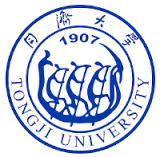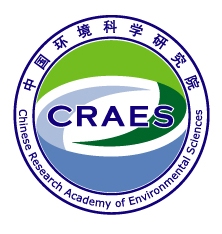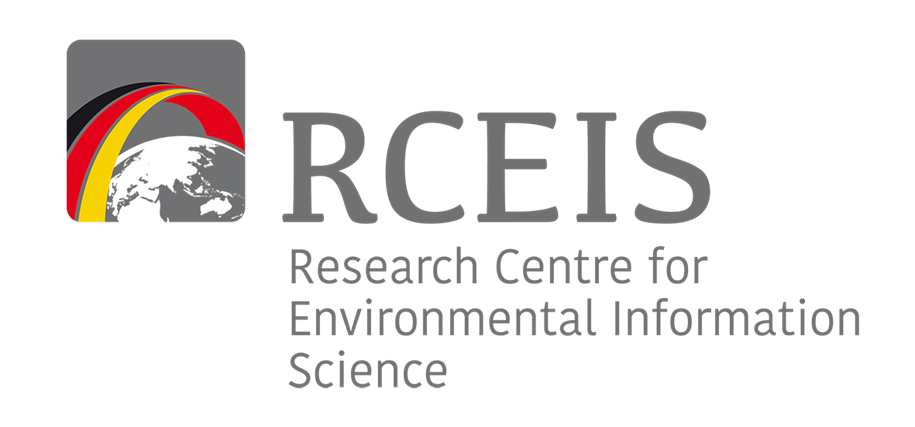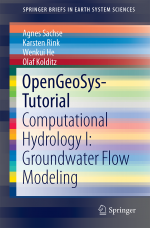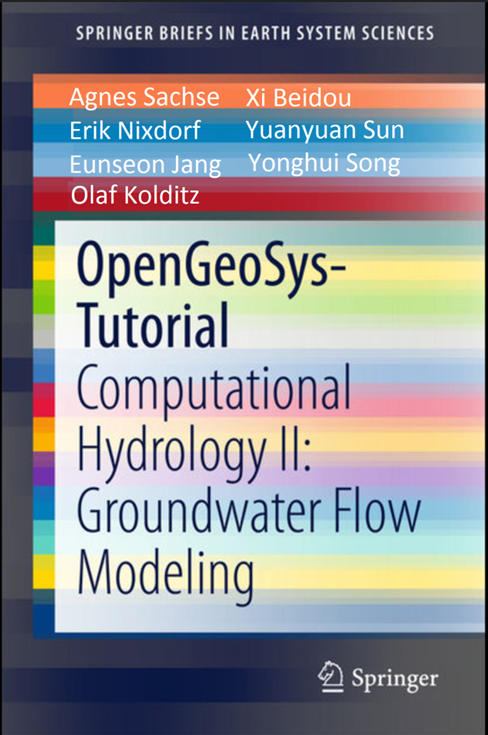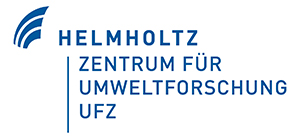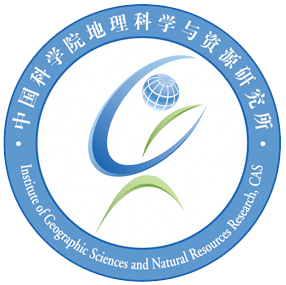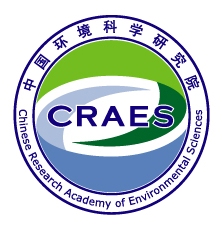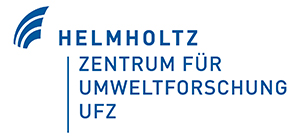 Team UFZ
Team UFZ
The Helmholtz Centre for Environmental Research - UFZ is a national centre of excellence for integrative environmental research. It was established in 1991 as the only centre in the Helmholtz Association exclusively devoted to environmental research in a great variety of fields. Founded in response to the severe pollution prevailing in East Germany, the UFZ has become a world-wide acknowledged centre of expertise in the remediation and restoration of contaminated landscapes, as well as the preservation of biodiversity, natural landscapes and water resources.
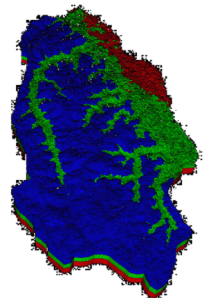 Case Study
Case Study
UFZ developed a regional ground-water model in the context of the SUSTAIN H2O project which aims to develop and demonstrate management tools and practices for pollution reduction in the Songhuajiang-Liaohe River Basin (SLRB) in order to support the realization of the “12th Five Year Plan” of the Peoples Republic of China. The best possible implementation of the groundwater system in the area was implemented as an OpenGeoSys simulation model in order to simulate water and mater transport in the subsurface under changing conditions. The investigation focusses on the impact of urban development as well as potential groundwater pollution threats on the drinking water safety in the area.
 Team DLR
Team DLR
The German Aerospace Centre - DLR is the national aeronautics and space research centre of the Federal Republic of Germany. Its extensive research and development work in aeronautics, space, energy, transport and security is integrated into national and international cooperative ventures. The Earth Observation Center - EOC of DLR conducts research in the field of remote sensing and seeks answers to urgent social questions relating to the environment and climate, mobility and planning, prevention and management of natural catastrophes, and civil security.
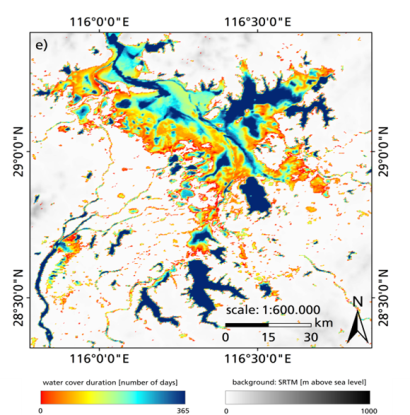 Case Study
Case Study
Among other activities, DLR conducted first data processing and analyses to reveal inundation dynamics on Poyang Lake based on a dailyresolved intraannual time series of optical and radar satellite data. Furthermore, colleagues of EOC of DLR brought and bring in their expertise gained in numerous Sino-German projects, such as the BMBF funded DELIGHT project, which dealt with development transition in the Yellow River Delta, and supplied an environmental information system - including extensive capacity building - to local authorities and stakeholders.
 Team FZJ
Team FZJ
Forschungszentrum Jülich GmbH – FZJ develops technologies that benefit research in Germany and worldwide in the areas of health, energy, and environment including climate and terrestrial system research, as well as information technology. Innovative instrumentation, e.g. supercomputers, tools for research with neutrons, nanotechnology, and imaging techniques for medicine, plant- and geosciences, allow science to break through to new knowledge for societal benefit.
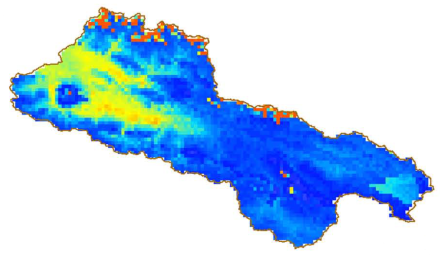 Case Study
Case Study
JÜLICH developed a model system which aims to simulate the regional water and energy cycle. Spaceborne observations of soil moisture, soil temperature, and leaf area index are implemented into the system to improve the representation of the real conditions as well as the model performance for hydrological predictions. The system can be used for water resources management e.g. by optimizing irrigation schedules in semi-arid regions to increase the water use efficiency. Research has been focused on the Heihe river basin, Gansu, in a strong cooperation with Cold and Arid Regions Environmental and Engineering Research Institute (CAREERI-CAS) and Beijing Normal University.
 Team KIT
Team KIT
Karlsruhe Institute of Technology – KIT was founded 2009 as a merger of Forschungszentrum Karlsruhe (KIT Campus North) and University of Karlsruhe (KIT Campus South). KIT/Campus North is a large-scale research institution of the Helmholtz Association conducting program-oriented provident research on behalf of the Federal Republic of Germany. Research of its remote lab Institute of Meteorology and Climate Research (KIT/IMK-IFU), located in Garmisch-Partenkirchen, focuses on biosphere-hydrosphere-atmosphere interactions in complex terrain and climate change impacts on the water cycle and the biosphere on local to regional scales.
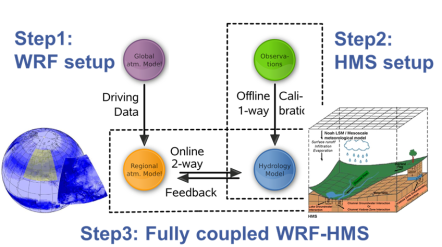 Case Study
Case Study
In collaboration with Hohai University, Nanjing, the fully coupled, mesoscale regional atmospheric-hydrologic modeling system WRF-HMS was developed, which allows in particular investigations of the long-term interactions between groundwater, the land surface and the atmosphere. In addition, an age-weighted evapora-tion tagging approach was implemented in a regional climate model, which allows assessments of atmospheric water residence times. Research focuses on the Poyang Lake basin in South China.
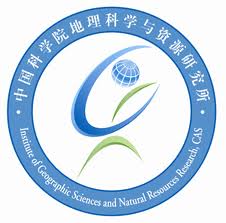 Team CAS IGSNRR
Team CAS IGSNRR
The Institute of Geographic Sciences and Natural Re-sources Research-IGSNRR is a multidisciplinary research institute focusing on physical geography and global change, human geography and regional development, natural resources and the environment, geographical information systems and surface simulation, the terrestrial water cycle and water resources, ecosystem network observation and modeling, and Chinese agricultural policy. The institute aims to solve major natural resource and environmental problems related to national sustainable development and improve its own innovative capacity at the same time.
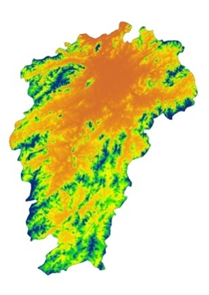 Case Study
Case Study
IGSNRR developed a surface modeling method which aims to simulate climate change, DEM, soil properties, and other environmental variables; set up a dynamic model for simulating spatial distribution of human population; detected land-cover changes with higher spatial and temporal resolutions and established a distributed hydrological model and simulated evolution process of water resources under different climatic scenarios. These models were used in many regional areas in China, such as in the Poyang Lake basin in South China.
